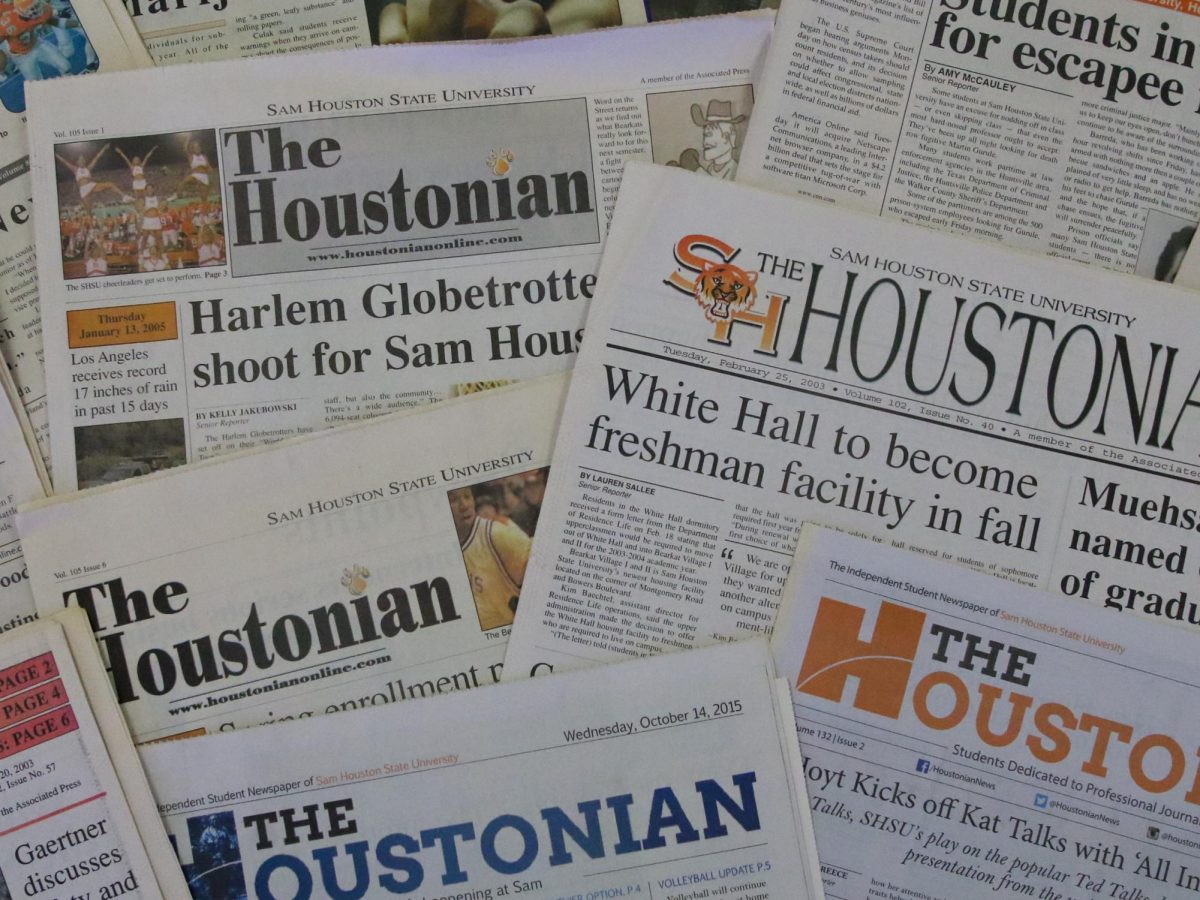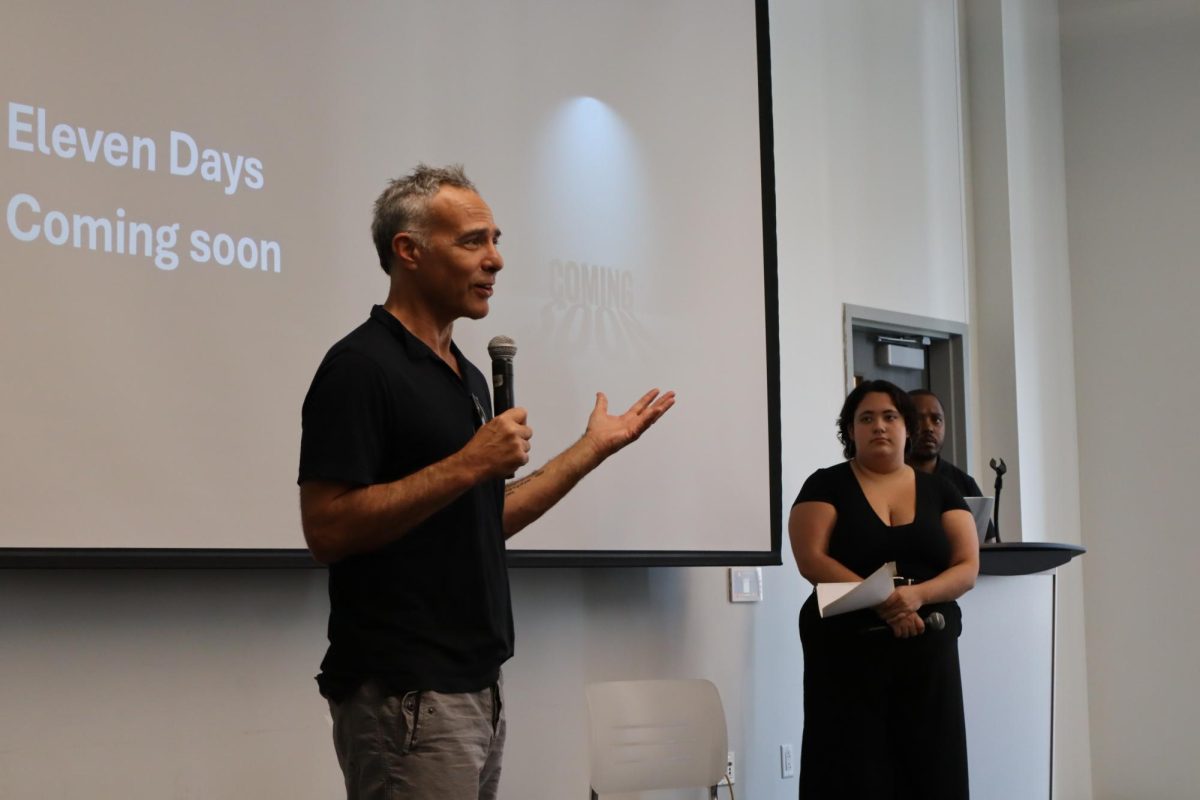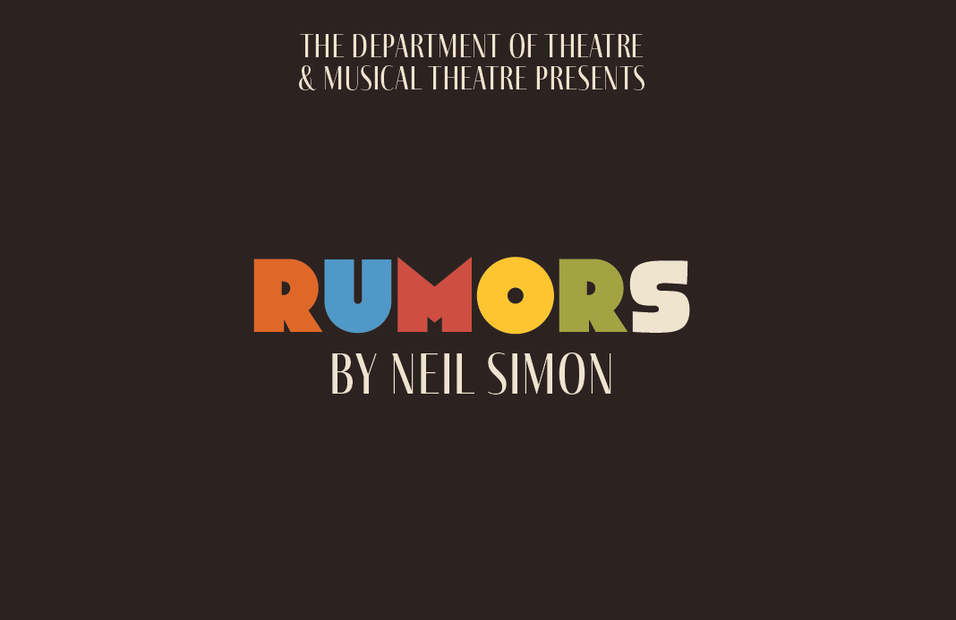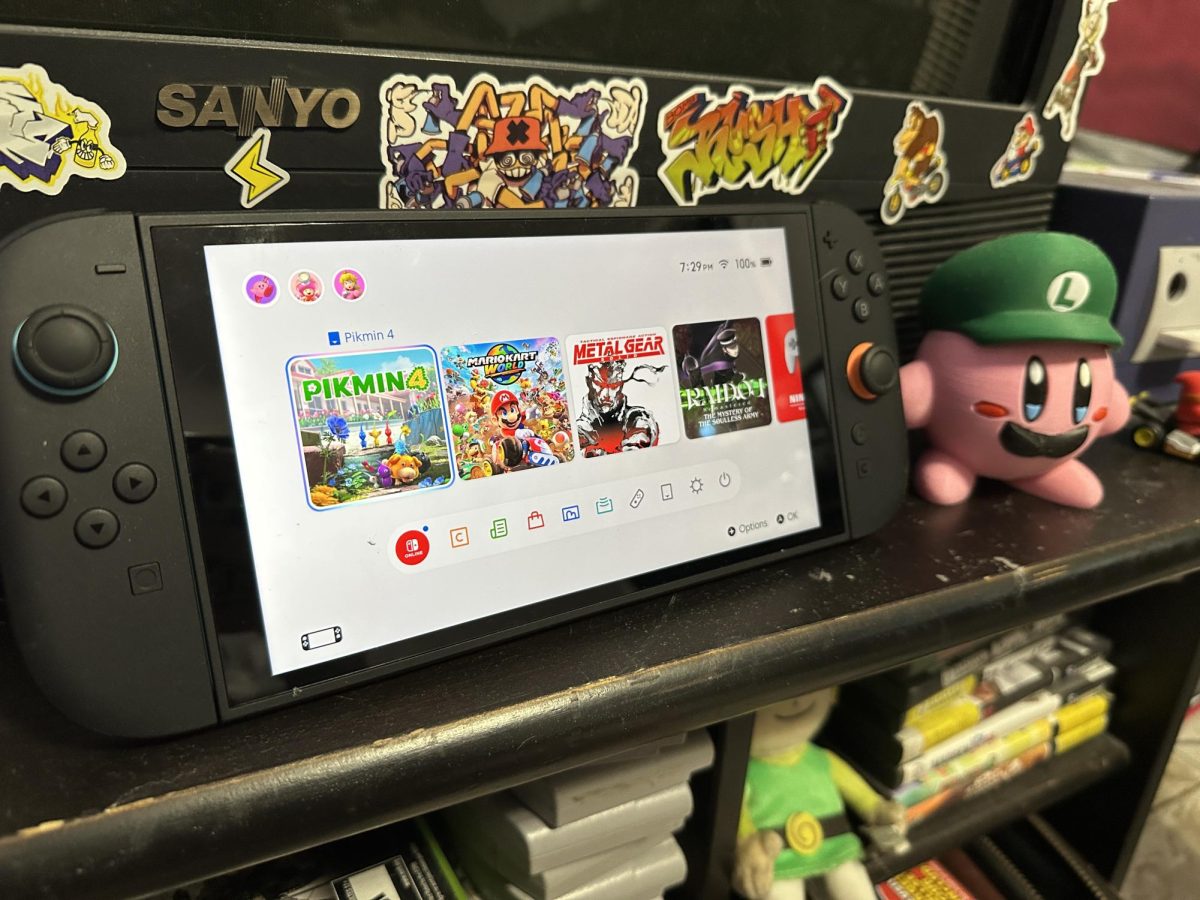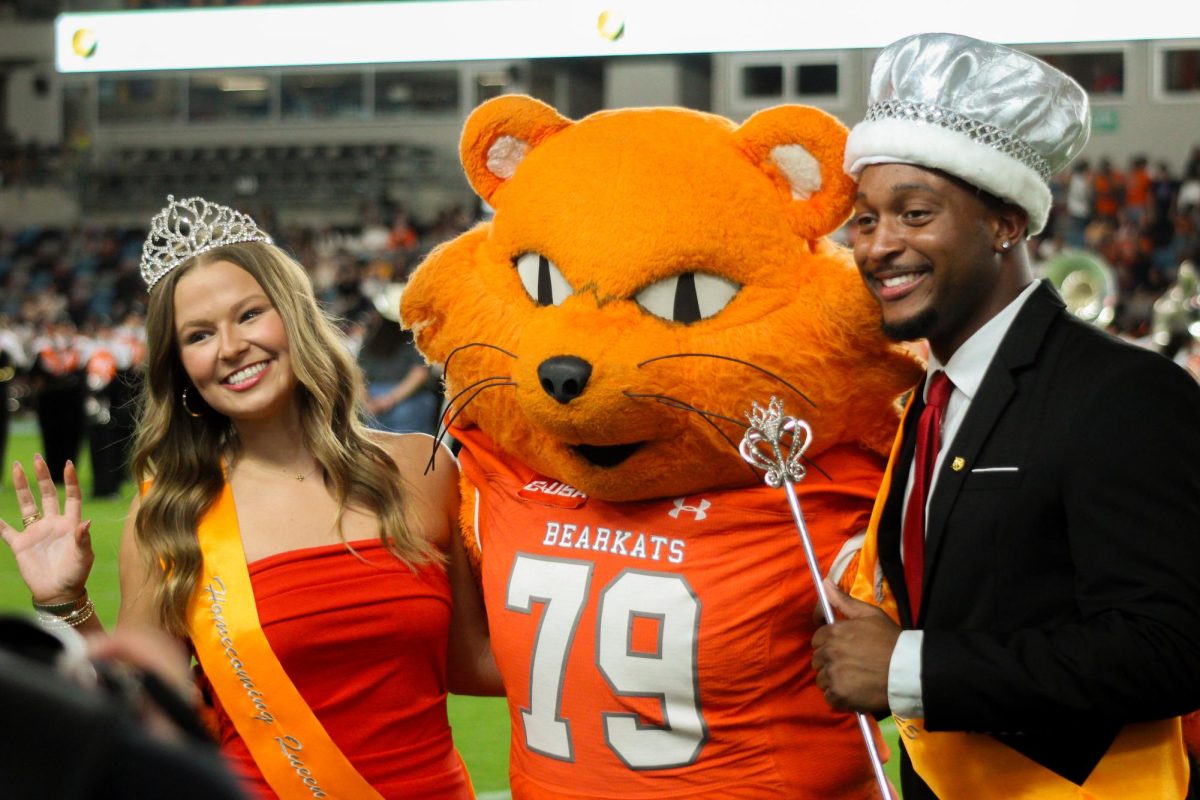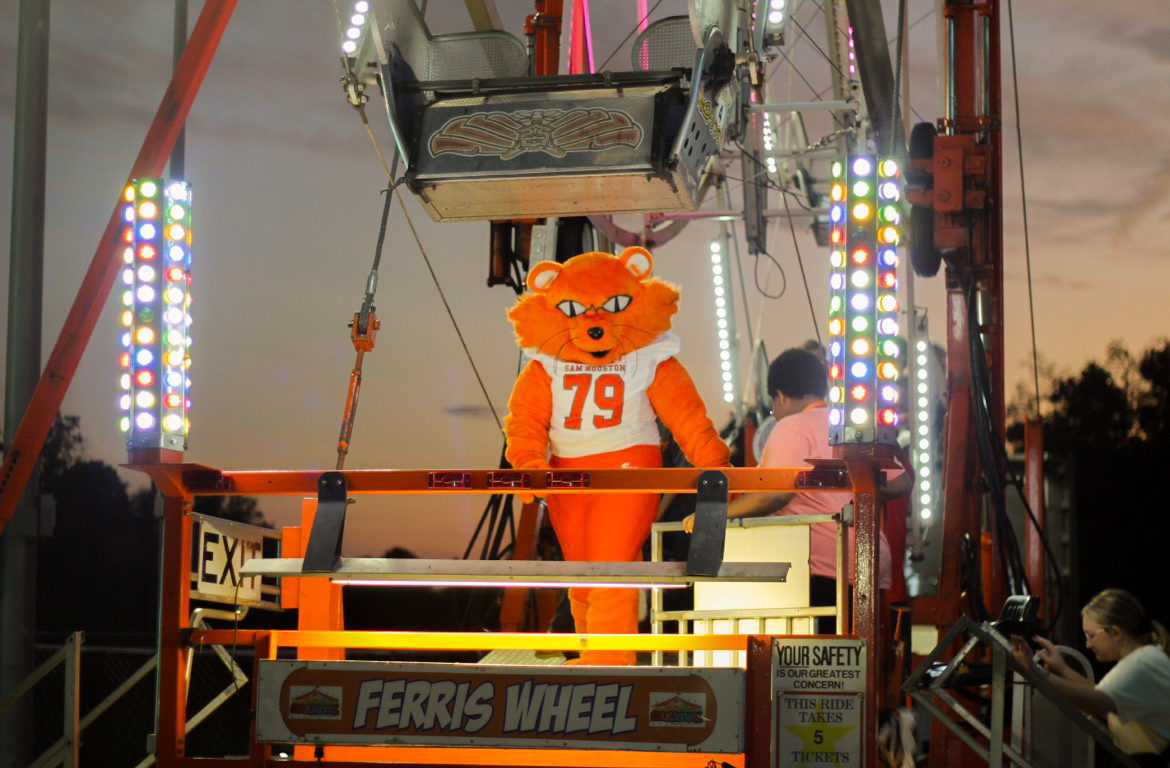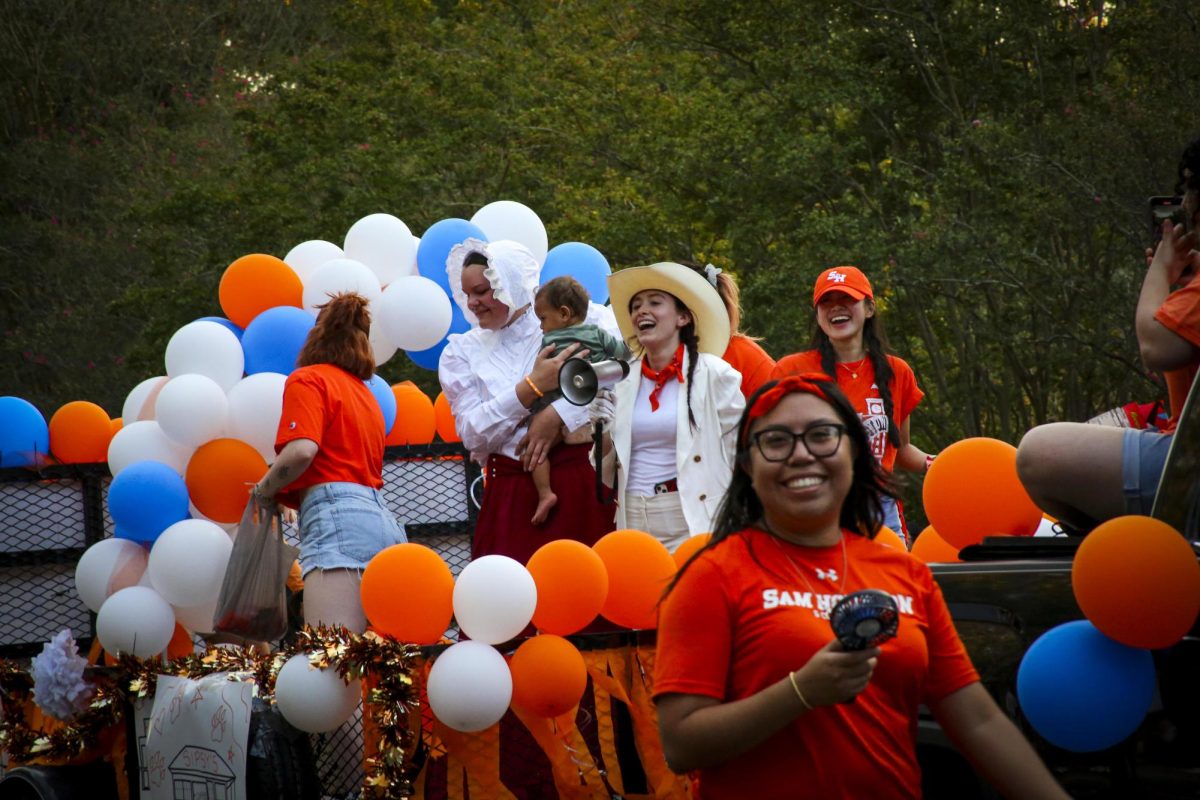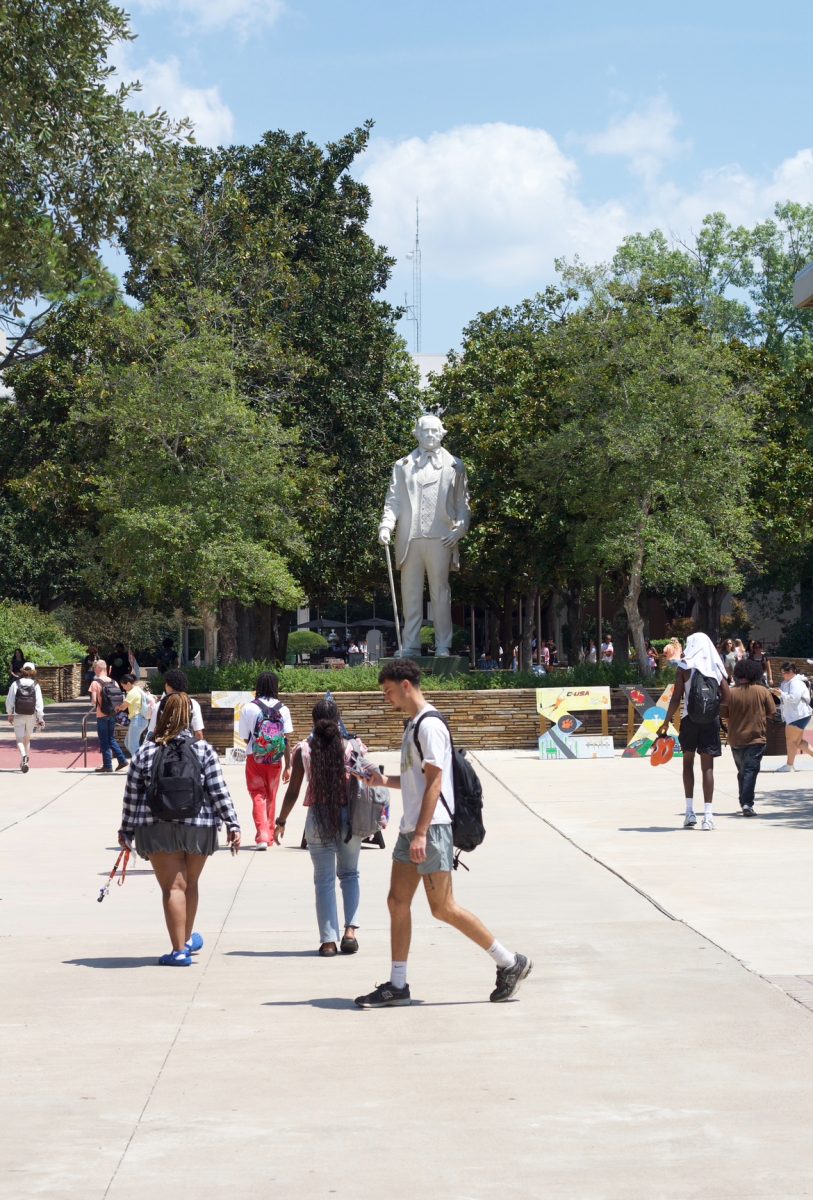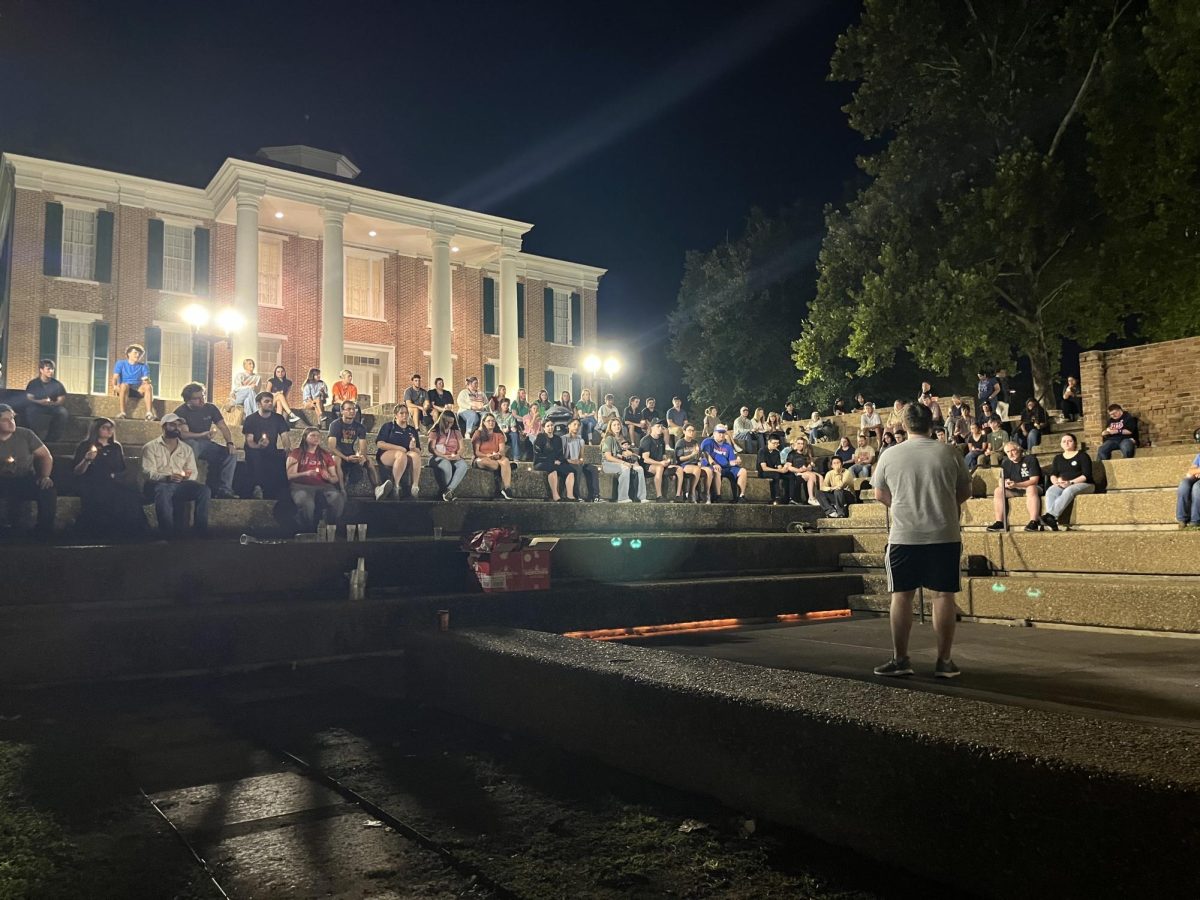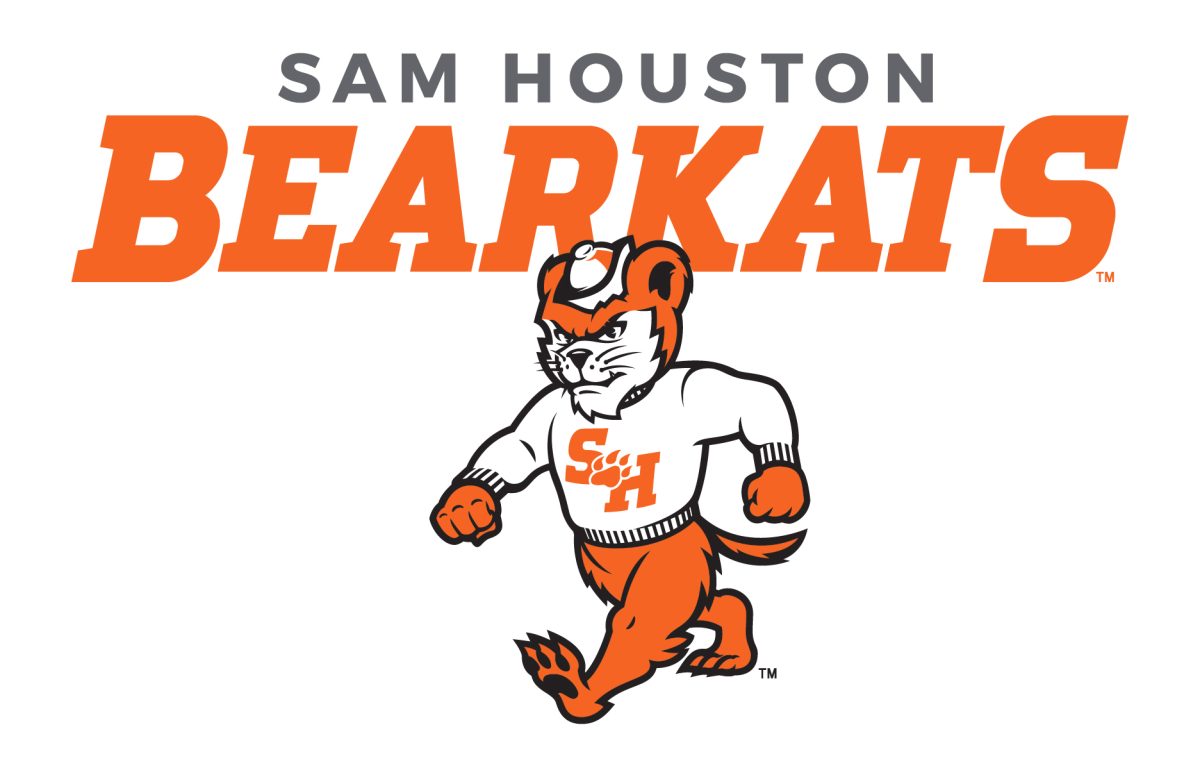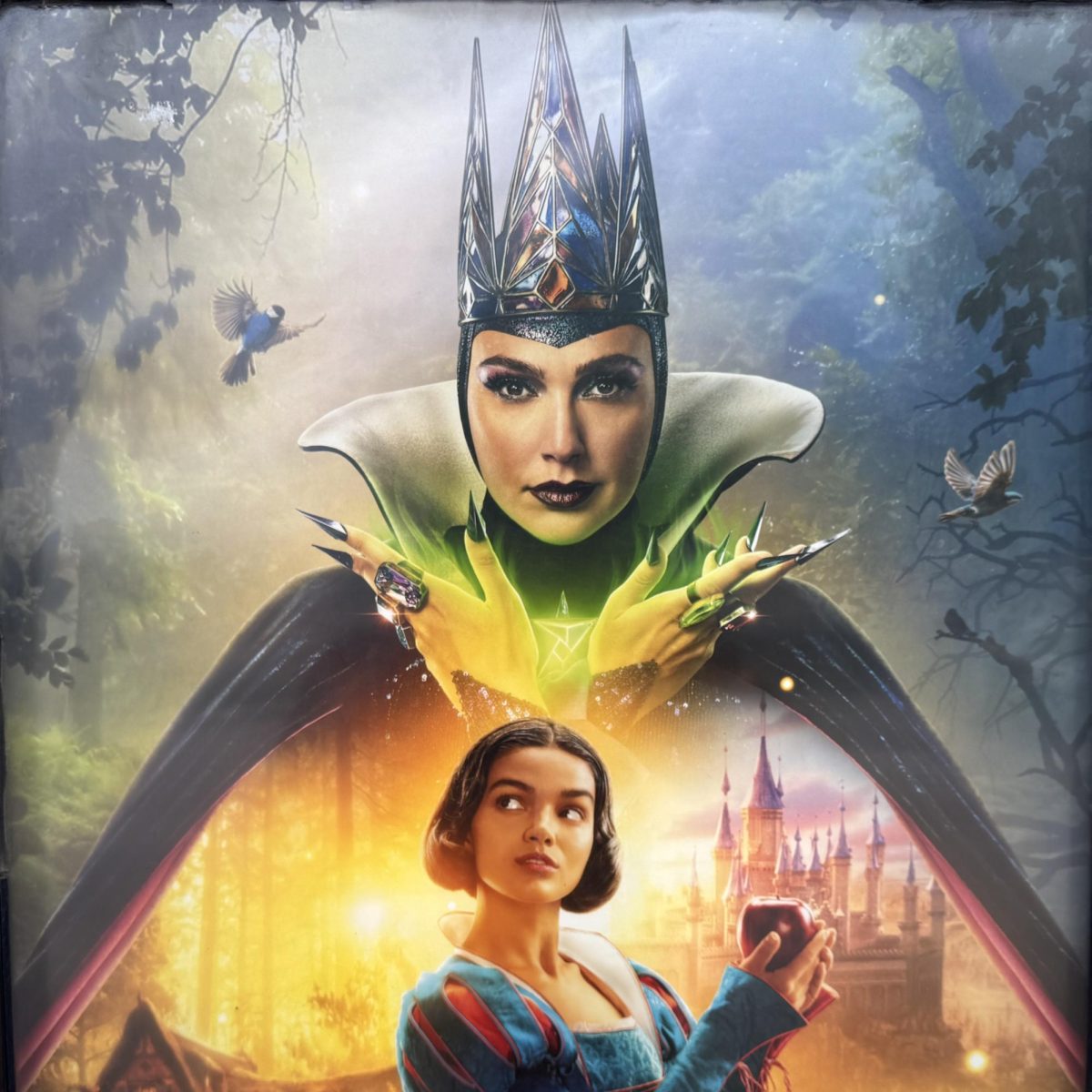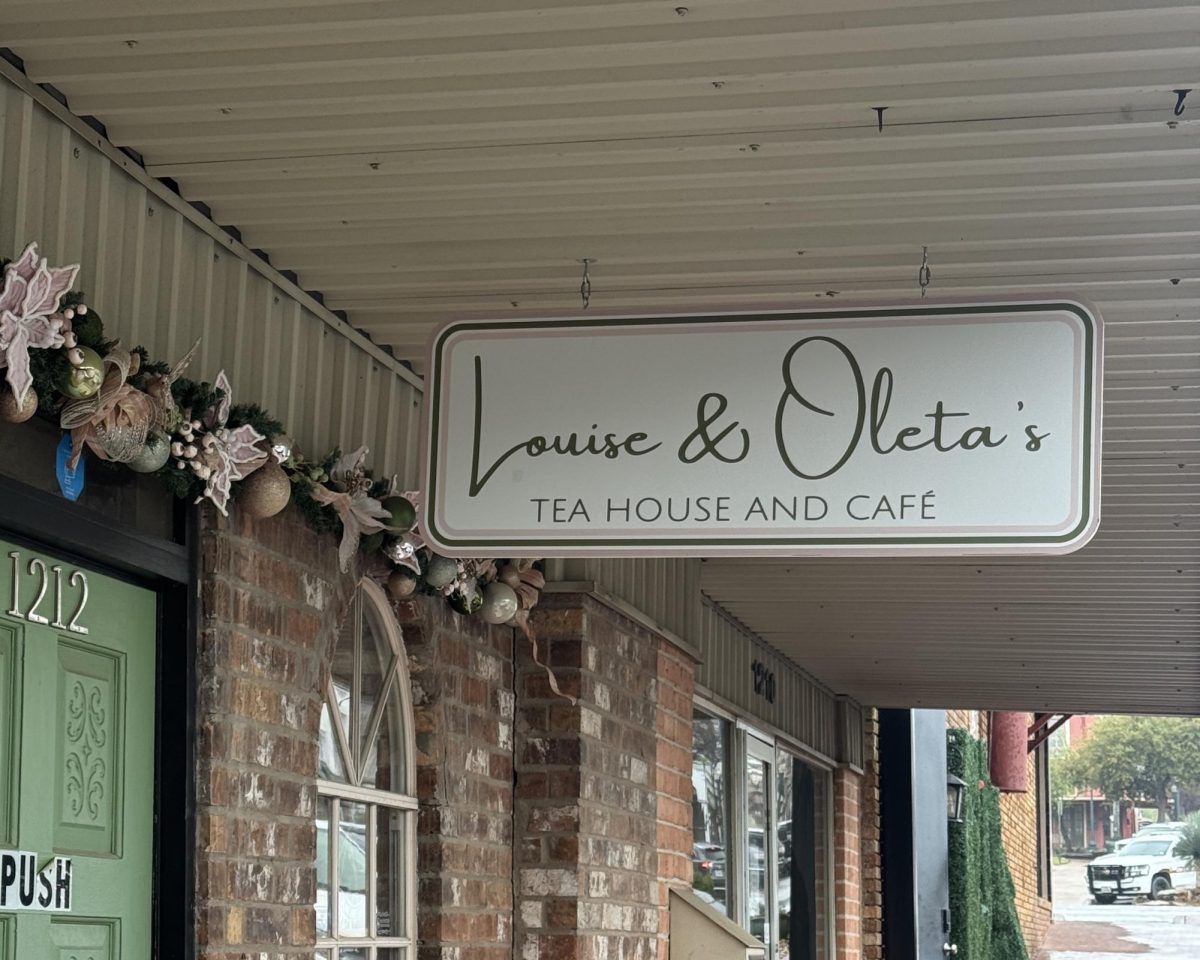First published on Dec. 3, 1913, The Houstonian has been a major part of campus for over 111 years. Since the beginning, the publication has reflected SHSU culture, kept Bearkats informed and sparked conversations around various topics.
Mere months away from the outbreak of World War I, the Houstonian was born at what was then called Sam Houston Normal Institute. Although the earliest issues of the paper have been lost to time, Houstonian editions dating back to 1916 still show a publication that had yet to find its footing. Published weekly, the contents of the paper consisted of articles submitted by the student body. Local gossip, club news, jokes and articles such as “How to Kill the Houstonian” filled the measly four pages.
“Instead of subscribing, borrow your neighbors- be a parasite,” an unnamed writer in the 1916 article “How to Kill the Houstonian” wrote.
The paper was vastly different from what it would later become. With a lack of journalistic training and stories that were devoid of anything newsworthy, the Houstonian was in an infancy stage. Its pages were kept light and innocent, with rarely a hard news story to be seen. Even when writers discussed more pressing issues, such as the war, it was done in a way that didn’t ruffle the feathers of any readers. Articles with headlines such as “Answer Your Country’s Call,” “The Girl’s Part in The War” and “To Arouse Patriotism” were written to uplift students and pose as a patriotic cause.
One example of this was published just days after the U.S. joined WWI in an article titled “Military Training for Students.”
“Don’t be a sluggard, enroll at once, with the motto ‘Right or wrong my country must come first,’” a writer with the initials O.W.F. said.
Unlike later decades, the paper would be tame in both its subject matter and the opinions that were written in each issue. This largely coincided with the fact that human interest stories were more popular during this period. People tended to stay clear of stories that could be perceived as negative. With a staff of non-professional journalists, this attitude is forever preserved in print.
As the Houstonian progressed further into the 2oth century, what was deemed newsworthy began to change. Writers started focusing on tougher stories that dealt not only with the university, but also the world around them. In 1926, the staff covered the story of a student being beaten and robbed. In the ’30s, they detailed visits from poet Robert Frost and first lady Eleanor Roosevelt. Then, in 1941, they published articles denouncing the bombing of Pearl Harbor and World War II. The paper was beginning to shift from a place to find jokes to an opportunity for students to find real news.
One of the most prominent examples came in February of 1982 when Old Main caught fire. As a photographer on staff, Randall Beaty was staying late in the darkroom the night of the incident.
“I believe it was shortly after midnight when I stepped out of the darkroom to get something, and, when I turned and looked out the window, saw flames shooting out of Old Main,” Beaty said. “I grabbed my cameras and ran out of the building to see what was going on. I spent the rest of the night and much of the next day photographing.”
Beaty was the first reporter to arrive on the scene and is just one of the many examples of the Houstonian’s continuing commitment to keeping the school informed.
As students became more serious about the field of journalism, the paper would be met with various opportunities and challenges. One instance of this occurred in 1980 when the paper’s editor, Ed Lehr, would publish four simple words in the editorial section- “Ronald Reagan is Crazy.” The editorial created quite a stir around campus as many felt he was trying to use his position to sway votes away from Reagan. (Later, the article was found to have no effect). However, the conversation soon shifted from voting to discussion about how much freedom should be given to the Houstonian’s writers.
Following the controversy, the Houstonian interviewed various student groups around campus. In an article from September 9, 1980, titled “Group reacts to editorial,” Young Republicans club President Ellen Motz stated, “The paper is owned by the University, and they should answer to the University; that is where they get their funding.”
Many were urging for more control over the content in the editorial section which Lehr, who admitted his statement could’ve been expressed differently, was strongly against. In a September 12 issue of the Huntsville Item, Lehr was interviewed by staff writer Fritz Lanham about the response to his editorial in an article titled “Ex-editor defends editorial.” “The editorial was ‘defamatory but defensible,’ Lehr said. He attacked those who have been quoted as urging university control… saying that such people ‘have no concept of the Constitution really,’” Lanham said.
Although he would later resign due to the controversy, his article helped start conversations around the limitation of the first amendment. In the future, these conversations continued. In 1997-1998 stories centered around rape, grade inflation, racism and an internal university audit all broke. Met with the same reactions as 1980, administrators would attempt to block these stories, exemplifying the paper’s ability to push the boundaries of journalism and confront issues that no one else was willing to discuss.
Today, the Houstonian is entering a period of resurgence. After a year of radio silence, the paper is returning to both print and digital formats.
“It’s been exciting to bring The Houstonian back to campus this semester,” the staff’s new advisor, Joshua Criswell, said. “Sam Houston State University’s award-winning, independent student newspaper has a rich history, and it’s an honor to be a part of its next chapter. As someone who spent the last decade working in the journalism industry, it fills me with energy to see the enthusiasm students have for reviving their student newspaper.”
The Houstonian’s advisor from 2014 to 2018, Marcus Funk, expressed similar feelings of excitement.
“You don’t always know what you’re missing when you don’t have it,” Funk said. “Lacking a really cohesive, engaged and vibrant student newspaper for so many years has really left a hole that’s been hard to describe. Having that back is gonna make a huge difference in a lot of lives.”
Although the staff of the Houstonian are excited about bringing back this Sam Houston staple, students on campus also shared their thoughts about the paper’s return.
“I think I would like to hear about the arts and how Huntsville is making connections there,” freshmen Studio Art student Kyia Croft said. “We have a lot of interesting art in Huntsville, but I feel like that area isn’t really talked about. Additionally, some more interview or journalistic type articles. Ones that talk with students to see what they believe is important.”
Additionally, some people want to see more artistic partnerships between the paper and students on campus.
“One thing I’d like to see is maybe collaborations with students to make covers for the newspapers,” senior cybersecurity student Clyde Ramirez said. “It could be a way to involve more students and have the newspaper be more known around campus.”
However, some just simply hope to see more exposure for the paper.
“I never knew Sam Houston had a newspaper until I learned about it in my media class this year,” sophomore Accounting student Ariana Lopez said. “One thing I hope to see is more advertising for it. I am sure that as of right now not a lot of people know of the paper because of its hiatus.”
Overall, it seems to be an optimistic time for the paper. As it acknowledges its history, it strives to continue to provide Bearkats with the news they need for the next 111 years.
“My primary goal is to establish a reputation that Houstonian students are prepared to make immediate contributions in a modern newsroom once they graduate,” Criswell said. “I’d love to see us produce great written journalism, which will always be at the forefront.”


